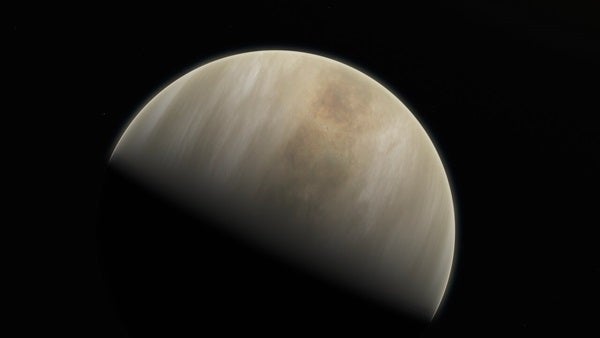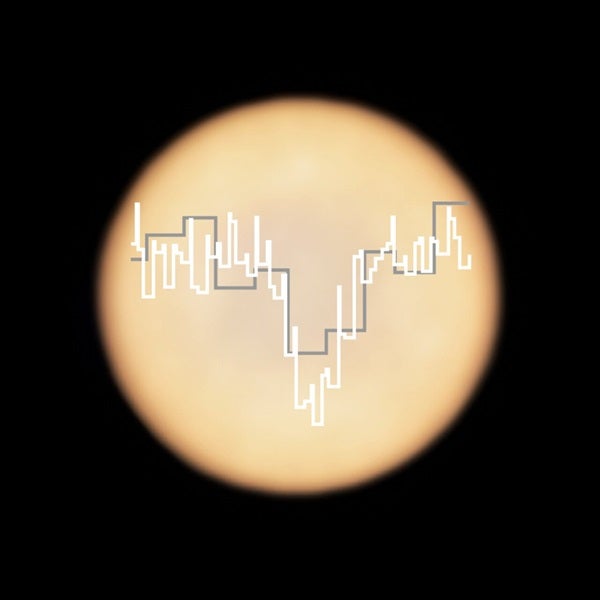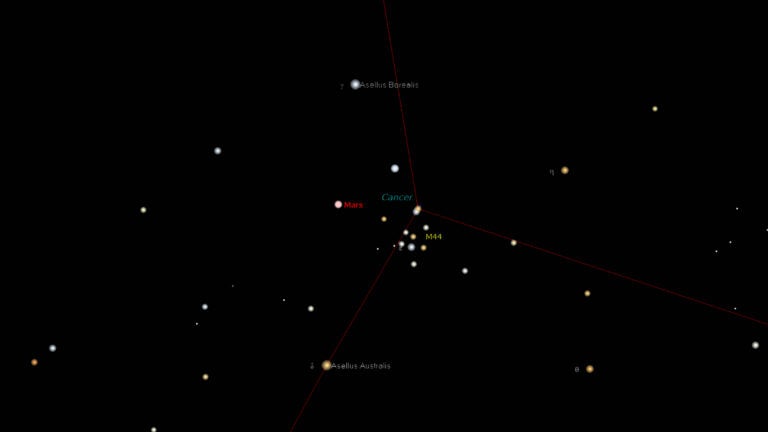The debate over phosphine on Venus rages on.
On September 14, a team of researchers led by Jane Greaves of Cardiff University announced an exciting find in the cloud tops of Venus: traces of a chemical called phosphine at the level of 20 parts per billion (ppb). On Earth, this gas is produced in nature by microbial life. The team argued no nonbiological process could produce the gas on Venus at the levels they had detected — raising the tantalizing possibility that microbes could populate the temperate upper atmosphere of Venus.
Since then, the scientific process has been in full swing, with astronomers looking to reproduce the results both in archival data and in fresh observations. The results have so far been mixed — but have led to the original team downgrading some of their claims.
One of the first independent analyses looked at decades-old data taken by NASA’s Pioneer mission, which dropped several probes into Venus’ atmosphere in 1978. While they couldn’t make a definitive confirmation, they found signs of gases that are consistent with phosphine.
But multiple teams have found less-promising results. One study of data from the Infrared Telescope Facility on Mauna Kea in Hawaii failed to reproduce the original detection, putting an upper limit on phosphine of 5 parts per billion. Another preprint questioned the original team’s analysis methods. And a third study argued that the team had confused the spectral signature of phosphine with that of sulfur dioxide, which absorbs light around the same wavelength.
“Astronomers are a bit like piranhas, aren’t they?” says Kevin Zahnle, an astrobiologist at NASA Ames Research Center who was skeptical of the original detection. “That was fast.”
Taking another look
And the debate isn’t over yet. As a result of the third study, staff scientists at the Atacama Large Millimeter/submillimeter Array (ALMA) in Chile — one of the radio telescopes used to detected the original phosphine signal — found a calibration error in the data they had supplied to Greaves’ team. Speculation swirled for weeks after ALMA staff pulled the data from their public archive to reprocess it.
On 16 November, Greaves’ team announced the results of their reanalysis using the corrected ALMA data. They once again found a phosphine signal — but at much reduced levels. In some areas of the planet, it may peak at around 5 ppb, but on average, phosphine is only present at 1 ppb — much less than the original detection of 20 ppb.
In this image, the original spectral data from the Atacama Large Millimeter/submillimeter Array in Chile (white) — as well as the James Clerk Maxwell Telescope in Hawaii (grey) — is superimposed on this image of Venus (also taken by ALMA). However, the reanalysis from the original team has found the ALMA signal is weaker than originally thought.
Still, they argued that sulfur dioxide could not have produced the spectral feature they saw, as sulfur dioxide absorbs light over a much narrower range of wavelengths than their detection.
Other options
Reduced levels of phosphine open the door to other explanations besides life, say researchers like Justin Filiberto, a geochemist at the Lunar and Planetary Institute in Houston. While he says he thinks it’s still possible phosphine exists on Venus, “I think [the possibility of] life is starting to unravel.”
However, there is now a discrepancy between the data from ALMA and the other radio telescope Greaves’ team used — the James Clerk Maxwell Telescope (JCMT) on Mauna Kea. The detection from JCMT still stands at around 20 ppb. The researchers say more observations will be needed over a longer period of time to understand why. Perhaps the level of phosphine periodically rises and falls due to some unknown geological or atmospheric process — which would be exciting, even if it’s not alien life.
Regardless of the outcome, the fast follow-up work is an example of exciting science at a breakneck pace, say researchers. “From a scientist’s perspective, it’s kind of cool to watch this happen in real time,” says Filiberto. “This is what we do.”











